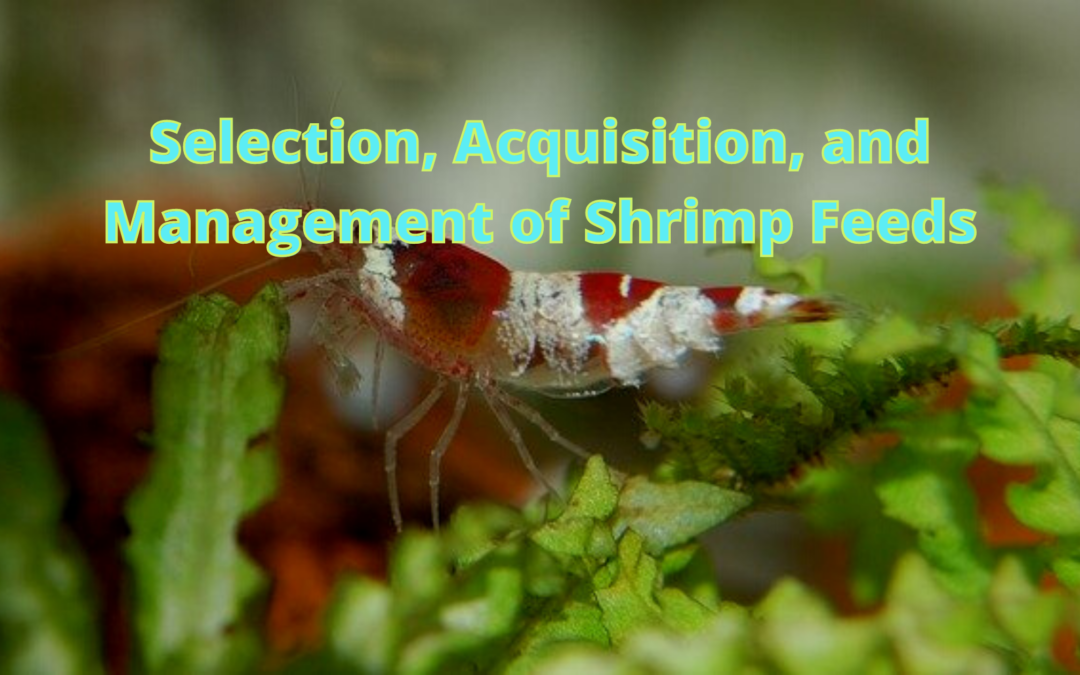Aquaculture is one of the fastest-growing farming techniques and one of the prime food-producing sectors apart from agriculture. Shrimp aquaculture has become a major source of income with shrimp being a great source of protein that’s consumed the world over. The increased demand for shrimp has led to many people considering engaging in commercial shrimp aquaculture so as to meet with the rising demand. However, there should be a proper understanding of the systems management process if one is to succeed.
Shrimp aquaculture continues to expand globally and that’s mainly due to the faster growth rate of shrimps, the short culture period, the market demand, and high value. Regardless of the significance of shrimp aquaculture, it faces a number of challenges with one being the high costs of feed. In order to succeed with shrimp aquaculture, there should be a clear understanding of how to select, acquire, and manage shrimp feeds.
Here are some of the things to consider when selecting shrimp feeds;
Nutrient Requirements

A formulated shrimp feed should meet several criteria. The feeds must be fresh and free from any pesticides and mycotoxins. The feed should also consist of natural foods and also palatable enough to stimulate consumption. Once you have put all the systems in place, the next step should be the selection of shrimp feeds. The selection of feeds should be based on the nutrient requirement of shrimps. Since a large number of shrimps are cultured, there seems to be little information on the nutritional requirement and that’s why considering taking a course on shrimp aquaculture is vital.
The selection of food also depends on the species of shrimp that you are culturing. Protein is one of the key nutrients in a practical shrimp diet with the fish meal being the commonly used source of protein. Proteins are complex, large molecules that consist of various amino acids and are essential components in the functioning and structure of all living organisms. Apart from fish meal, there are alternative sources of protein that can be considered.
Apart from protein, the shrimp diet should also consist of carbohydrates which are the principal source of energy. The diet should also contain lipids which serve also as a source of energy and essential fatty acids. Another key nutrient is the fatty acids which are ideal for lowering body temperature and supports flexibility at low water temperatures. Shrimps diet should also consist of amino acids, vitamins, and minerals.
Digestibility of the nutrients
When selecting shrimp feeds, the digestibility of nutrients used in the diet is vital and should be ascertained. The feed that you choose should meet specific nutrient specifications and the element of nutrient digestibility should also be ensured. Taking time to evaluate the digestibility of the nutrient is the first step towards assessing the efficacy of the ingredients used in shrimp feed formulation.
Management of Shrimp Feeds
Feed management should start at the selection level all the way to the arrival of the shipment. Adequate handling of the feeds and storage alongside proper quality control can have a significant on shrimp production. Poor handling and storage can result in product deterioration, palatability, possible nutritional deficiencies, reduced growth rates, and overall production.
Are you considering venturing into Shrimp Aquaculture and wondering about how to get started? Join a community of expert farmers that are already succeeding in shrimp aquaculture and gain valuable information that you can implement for success.
P.S: Want to learn more about Aquaculture? Visit EAT FREE Community for more information on how you can learn aquaculture from videos.
Related Articles and Resources:
Shrimp Aquaculture Systems Operations Process
Freshwater Shrimp Farming – Harvesting Storage & Economic Feasibility
Freshwater Shrimp Farming – How to Start Your Own Shrimp Farm



